Decoding Heart Rate Variability (HRV) and its profound impact on mental and emotional well-being with insights from the HeartMath Institute’s pioneering research.
Reverence Events Co-Founders Catherine and Willow Francis have been working with Heart Rate Variability and the tools and technologies from the HeartMath Institute since 2013. With roots in medical training and a fervent dedication to wisdom traditions and holistic health, they weave the science, the medical and the spiritual into every training.
Book in for your complementary 30 minute session with Willow Francis here
Heart rate variability (HRV) is a crucial physiological parameter that holds a key to understanding the intricate interplay between our heart and the autonomic nervous system.
In this comprehensive exploration, we delve into the fundamental concepts of HRV, its significance in gauging mental and emotional well-being, its implications for all-cause mortality, and the profound impact of our daily emotions on HRV.
Heart Rate Variability is vital in comprehending the balance between the autonomic nervous system’s branches. As we embark on this journey of discovery, it’s essential to highlight the pioneering insights offered by the HeartMath Institute, a notable proponent of HRV research and application.
Understanding Heart Rate Variability
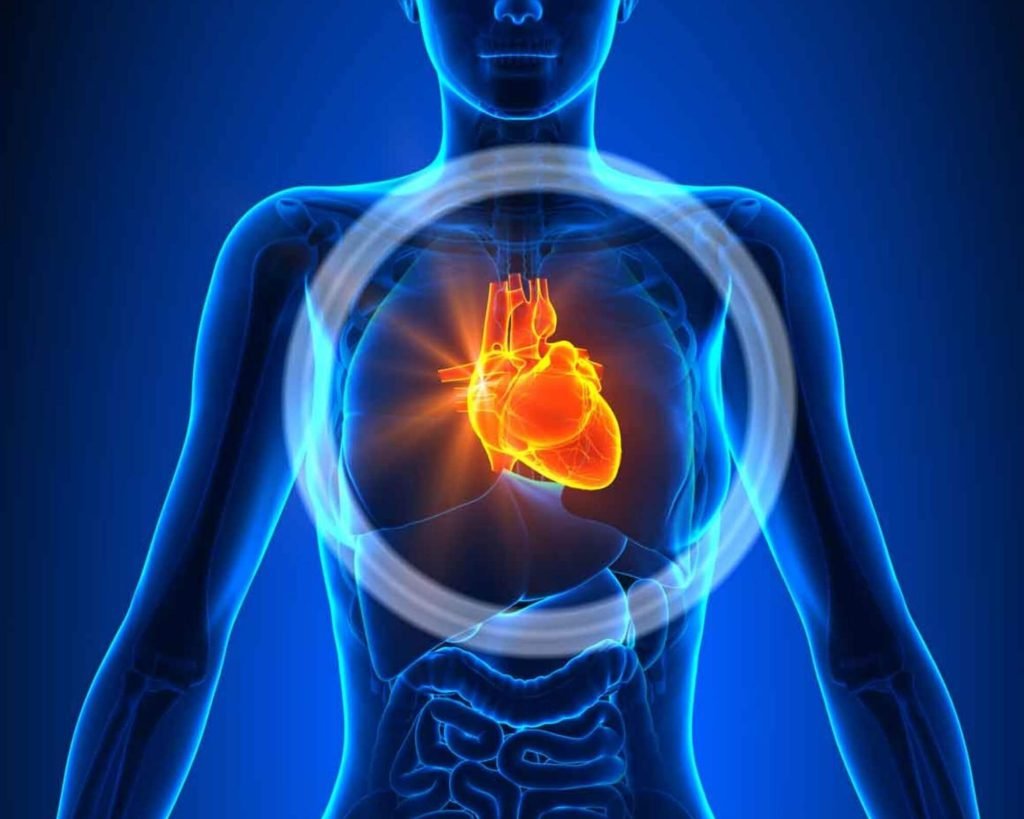
At the heart of the matter lies the heart itself – an organ that doesn’t march to a uniform beat. Heart rate variability refers to the natural variation in time intervals between successive pairs of heartbeats, called interbeat intervals (IBIs). Unlike the metronomic ticking of a clock, the heart’s rhythm ebbs and flows, reflecting the adaptable interplay between the sympathetic and parasympathetic branches of the autonomic nervous system.
This delicate oscillation, measured in milliseconds, forms the essence of HRV. Heart Rate Variability plays a crucial role in understanding physiological nuances.
Put simply, higher HRV signifies a flexible, adaptive, and resilient autonomic nervous system, while lower HRV may indicate a less responsive system, susceptible to stress and imbalances.
The Significance of Heart Rate Variability

The importance of HRV transcends mere physiological curiosity; it serves as a powerful window into our overall well-being. By comprehending HRV, we gain insights into the intricate balance between the sympathetic “fight or flight” response and the parasympathetic “rest and digest” state.
Heart Rate Variability is an essential tool for assessing overall health. This equilibrium, often likened to the strings of a finely tuned instrument, reflects our capacity to adapt to stressors, recover from exertion, and maintain homeostasis. Essentially, HRV acts as a physiological litmus test, offering real-time insights into the state of our autonomic nervous system.
Mental and Emotional Health: A Profound Connection
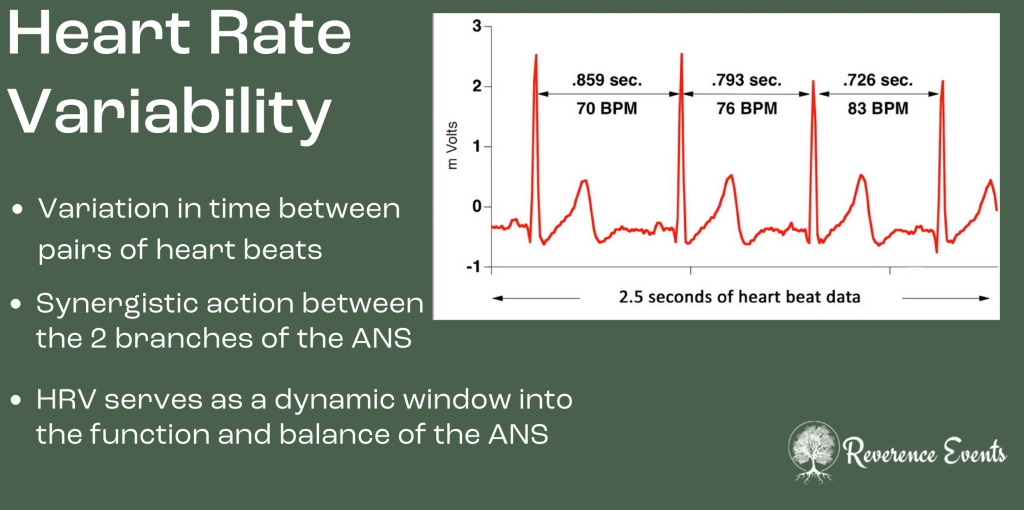
The HeartMath Institute, a trailblazer in HRV research, has shed light on the symbiotic link between HRV and mental-emotional health. An elevated and organised HRV corresponds to a state of emotional balance and mental clarity.
Heart Rate Variability has been found to be a strong metric in measuring emotional resilience.
As stressors accumulate, HRV tends to decrease and become less ordered, indicating a shift towards a stressed and imbalanced autonomic state. This connection underscores the pivotal role of HRV as a barometer for emotional resilience, offering a tangible metric to gauge our capacity to weather life’s storms with grace.
HRV and All-Cause Mortality: A Holistic Glimpse
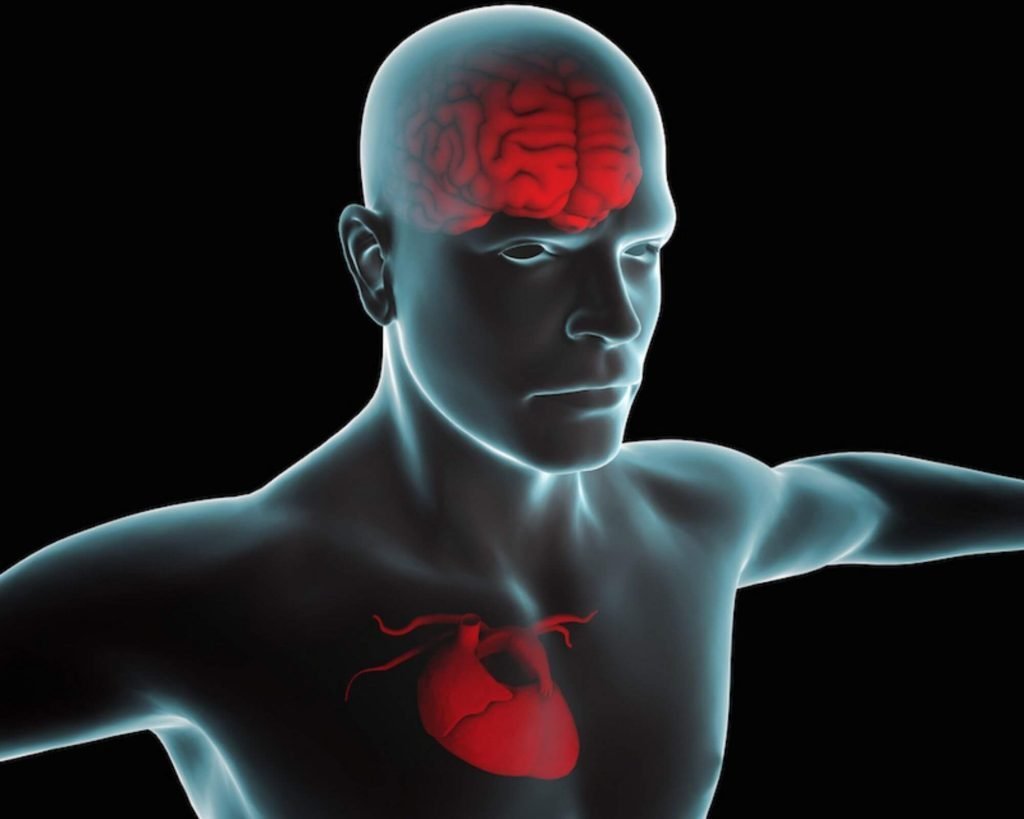
Beyond its role in emotional well-being, HRV has emerged as a predictor of all-cause mortality, casting its significance across the spectrum of health outcomes. Lower HRV is associated with an increased risk of mortality, making it a powerful biomarker that echoes the body’s vulnerability to various health challenges. By monitoring HRV, we gain a multifaceted insight into our health trajectory – a testament to the intricate web that ties physiological, emotional, and mental dimensions.
Emotions as Architects of Heart Rate Variability

Emotions wield an extraordinary influence over HRV, acting as architects that mold the rhythm of our hearts. Positive and renewing emotions, such as gratitude and joy, exhibit a harmonising effect on HRV, fostering a state of coherence between the heart and the autonomic nervous system. Conversely, negative emotions, such as anger and anxiety, often trigger erratic HRV patterns, indicative of a stressed autonomic response.
As we navigate through the intricate landscapes of HRV, its interconnectedness with mental and emotional health, Heart Rate Variability provides key insights that are propelled by the pioneering strides of organisations like HeartMath. Their research not only sheds light on the physiological nuances of HRV but also pioneers practical interventions to enhance our well-being.
Unveiling Heart Rate Variability Interventions: A Path to Holistic Well-Being
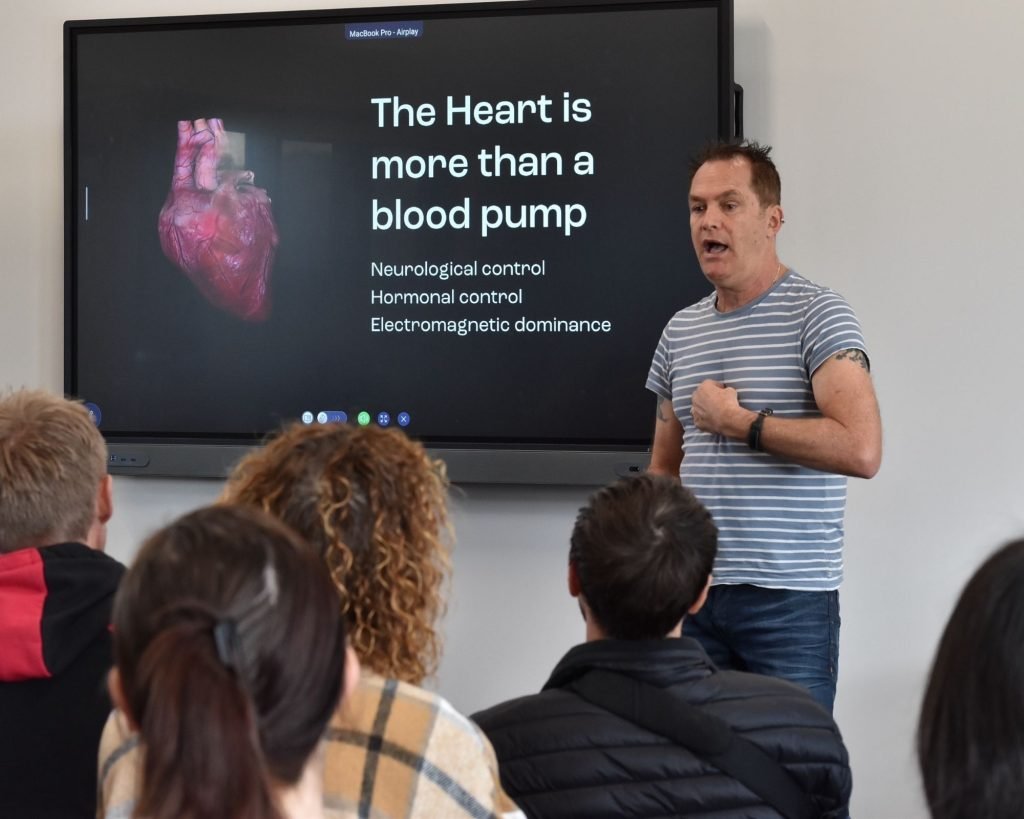
Continuing our exploration of HRV, we now delve into the realm of interventions that can positively influence this vital physiological parameter. Heart Rate Variability is central to holistic well-being.
As we embark on this part of our journey into HRV, we navigate the innovative insights provided by HeartMath and their practical tools designed to enhance the health of our HRV, thus offering a gateway to a more balanced, resilient, and harmonious life.
Heart Rate Variability Interventions: An Holistic Approach
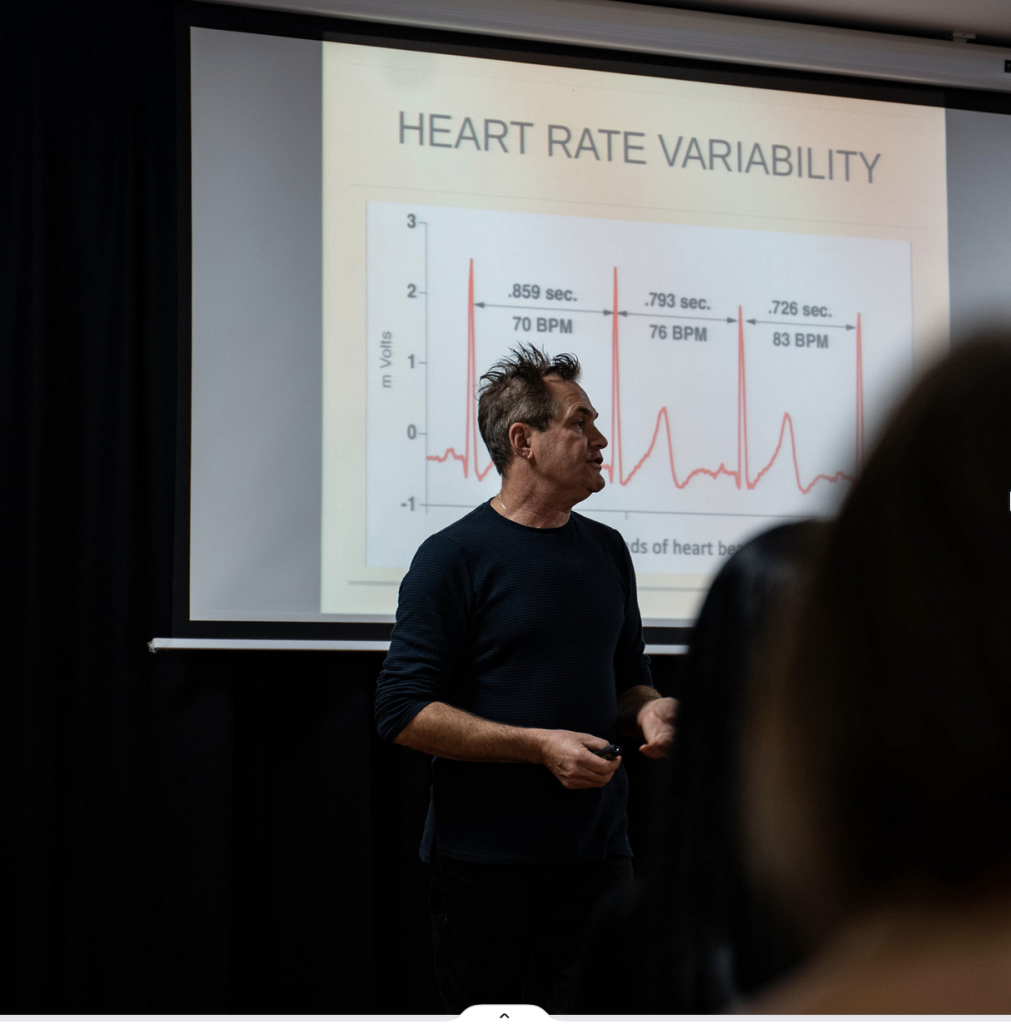
Heart rate variability interventions are multifaceted strategies aimed at optimising the autonomic nervous system’s equilibrium and adaptability. These interventions encompass a range of practices that target physical, emotional, and mental dimensions, all of which contribute to the delicate dance of HRV. From controlled breathing exercises, deliberate activation of renewing emotions such as gratitude, to mindfulness techniques, the interventions are a testament to the interconnectedness of our body’s various systems.
Breathwork and HRV: A Synchronised Dance

Among the array of interventions, simple, focused breathing exercises emerge as potent allies in modulating HRV. HeartMath’s “Heart-Focused Breathing” technique exemplifies this approach, where individuals engage in rhythmic and intentional breathing with a focus on the physical heart.
This practice triggers a harmonising cascade of physiological responses, influencing the heart’s rhythm and subsequently enhancing ordered HRV – also known as “coherence”.
By syncing breath and attention with the heart and its optimal cadence, Heart Rate Variability can be optimised. We tap into the heart’s innate power to bring balance to all our body systems.
Mindfulness and HRV: Navigating Emotional Terrain

Mindfulness, often regarded as a cornerstone of well-being, plays a pivotal role in HRV interventions. The practice of mindfulness cultivates awareness of the present moment, enabling individuals to observe their thoughts, emotions, and bodily sensations without judgment. Breathing often naturally synchronises as we become more present.
This heightened awareness can lead to emotional regulation and a reduction in stress, directly impacting HRV. HeartMath’s emphasis on the Quick Coherence technique and Neutral Tool aligns with mindfulness principles, encouraging individuals to become more present, take a pause and immerse themselves in feelings of appreciation and gratitude, thus promoting coherence and enhancing HRV.
Biofeedback Technology: An Empowering Tool

HeartMath’s dedication to advancing HRV interventions extends to cutting-edge biofeedback technology. This technology serves as a bridge between the mind and body, providing real-time information about HRV patterns. HeartMath’s Inner Balance™ device, for instance, empowers individuals to monitor and optimise their HRV through interactive training sessions. It provides real-time feedback on HRV patterns, guiding individuals toward coherence through visual cues and auditory prompts. By engaging with this technology, Heart Rate Variability becomes a tangible tool for well-being. Individuals gain insights into their autonomic responses, fostering a greater sense of agency over their well-being journey. HeartMath’s Heart Lock In technique in combination with the biofeedback technology can help us to recondition our baseline HRV over time.
Cultivating Coherence: Intentionally Generating Positive Emotions for Enhanced Heart Rate Variability
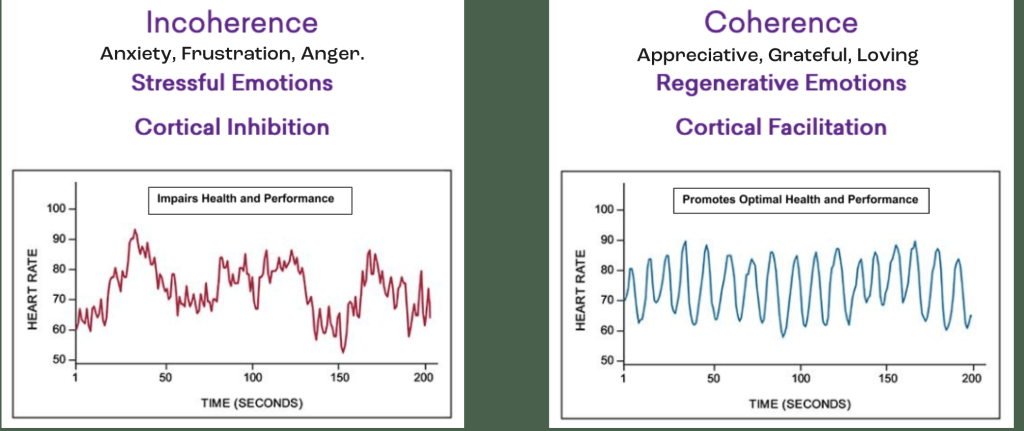
At the heart of HRV interventions lies the concept of emotional coherence – a state where emotions align harmoniously with the heart’s rhythm and support the heart rhythms to align.
HeartMath’s pioneering research underscores the profound link between emotions and HRV, emphasising that positive emotions contribute to increased coherence, while negative emotions lead to incoherence. By actively cultivating emotions like gratitude, care, and compassion, Heart Rate Variability can be harnessed for optimal well-being. Individuals can create a fertile ground for enhanced HRV and overall well-being.
A ground-breaking study in the Journal of Advancement in Medicine in 1995 showed that simply generating feelings of compassion for 5 minutes increased our immune system’s first line of defense from pathogens (immunoglobulin A) for around 6 hours! Conversely, feeling anger for the same period, showed a significant decrease in immune function. Navigating our daily emotions are a cornerstone of health and wellbeing.
The Ripple Effect: Emotions and Autonomic Balance

The influence of positive emotions on HRV however, extends beyond individual well-being; it permeates interpersonal dynamics and social connections. Research has shown that when individuals intentionally generate positive emotions, they radiate coherent heart signals that positively impact others’ HRV. This creates a ripple effect, enhancing emotional resonance and coherence in group settings. HeartMath’s research illuminates the potential for individuals to contribute to collective well-being by becoming intentional generators of positive emotions and coherent heart rhythms.
In Conclusion: Harnessing the Wisdom of HRV for Well-Being

As we navigate the realm of HRV interventions, it’s important to recognise that these practices are not isolated endeavours; they form a symphony of well-being that encompasses the physical, emotional, and mental aspects of our lives. HeartMath’s commitment to HRV research and application demonstrates the transformative potential of these interventions. By weaving breathwork, mindfulness, biofeedback technology, and emotional coherence into our daily routines, we can create a holistic tapestry that nurtures our autonomic equilibrium. As we conclude our examination of HRV interventions, Heart Rate Variability stands as a beacon guiding our holistic health endeavours. We recognise that the art of working with our own autonomic nervous system through the cultivation of healthy HRV is a dynamic, potent and ongoing journey.
- If you would like to work more deliberately in cultivating your own coherent Heart Rate Variability, set up a complementary consultation with Willow Francis, Australia’s leading HeartMath Coach.
